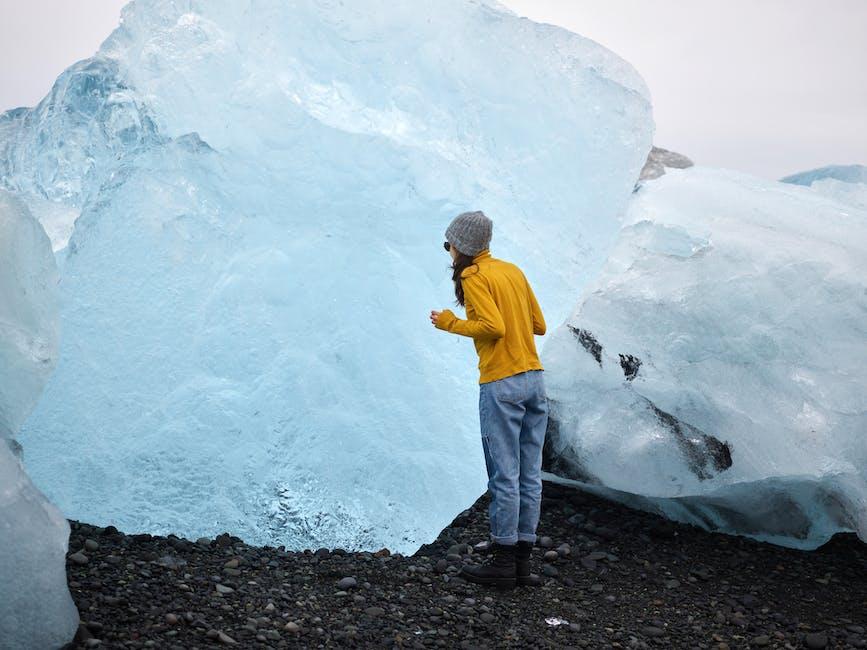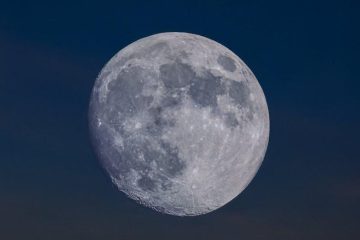Gazing up at the night sky, we are reminded of the vast array of celestial bodies that make up our universe. From fiery infernos to icy wonders, the diversity of planetary types never ceases to captivate our imaginations. In this article, we will embark on a journey through the cosmos to explore the enchanting variety of planetary types that exist beyond our own world. Join us as we delve into the fascinating realm of planets and uncover the unique characteristics that define each celestial wonder.
Table of Contents
- Exploring the Diversity of Planetary Types
- Unveiling the Characteristics of Terrestrial Planets
- Delving into the Mysteries of Gas Giant Planets
- Unraveling the Intriguing Worlds of Ice Giant Planets
- Q&A
- Closing Remarks

Exploring the Diversity of Planetary Types
Discover the vast array of planets that populate our universe, each with its own unique characteristics and mysteries waiting to be unraveled. From scorching hot inferno worlds to icy, desolate moons, the diversity of planetary types never ceases to amaze astronomers and space enthusiasts alike.
Some planets boast turbulent atmospheres filled with swirling storms, while others showcase serene landscapes untouched by time. Whether rocky, gaseous, or even ocean-covered, each planetary type offers a glimpse into the diverse tapestry of celestial bodies that dance across the cosmos, sparking wonder and awe in those who gaze upon them.

Unveiling the Characteristics of Terrestrial Planets
When exploring the fascinating realm of planetary types, one cannot overlook the intriguing characteristics of terrestrial planets. These rocky worlds, including Earth, Mars, Venus, and Mercury, share common features that set them apart from their gaseous counterparts. Let’s delve into the defining traits that make terrestrial planets a unique category in our cosmic neighborhood.
Terrestrial planets boast solid surfaces, compact sizes, and metallic cores, making them distinctively different from gas giants. Their atmospheres, though thinner compared to gas giants, play a crucial role in shaping their climates and geological landscapes. With rocky compositions and dynamic geology, these planets offer a glimpse into the diverse wonders of our solar system.
Delving into the Mysteries of Gas Giant Planets
Gas giant planets are enigmatic worlds that captivate astronomers and space enthusiasts alike with their colossal size and intriguing characteristics. These planetary giants, such as Jupiter and Saturn, boast mesmerizing rings and numerous moons, creating a celestial spectacle that has fascinated humanity for centuries.
Unraveling the mysteries of gas giant planets involves exploring their complex atmospheres, composed mainly of hydrogen and helium. These massive worlds exhibit turbulent weather patterns, including powerful storms and iconic features like Jupiter’s Great Red Spot. Scientists continue to study these planets to gain insights into the formation of our solar system and to unlock the secrets of these vast and awe-inspiring celestial bodies.
| Gas Giant Planets | Notable Characteristics |
|---|---|
| Jupiter | Great Red Spot |
| Saturn | Iconic Rings |
| Uranus | Unique Tilted Axis |
| Neptune | Dynamic Weather Patterns |

Unraveling the Intriguing Worlds of Ice Giant Planets
Ice giant planets have captivated astronomers and space enthusiasts alike with their enigmatic atmospheres and unique characteristics. These distant worlds, known for their icy compositions and intriguing features, stand as fascinating celestial bodies that spark curiosity and wonder. With their colossal sizes and mysterious properties, ice giants offer a glimpse into the outer realms of our solar system, inviting us to delve deeper into their mysteries.
Exploring the realms of ice giant planets unveils a realm of icy beauty and celestial wonders. From the intricate cloud patterns swirling in their atmospheres to the shimmering rings that adorn their majestic presence, these enigmatic worlds hold a plethora of secrets waiting to be discovered. Dive into the realms of ice giants, where frigid temperatures and ethereal landscapes converge to create a mesmerizing tapestry of cosmic marvels that challenge our understanding of the universe.
Q&A
Q: What are the different types of planets in our solar system?
A: In our diverse solar system, we have four main types of planets: terrestrial planets, gas giants, ice giants, and dwarf planets.
Q: What defines a terrestrial planet?
A: Terrestrial planets, like Earth and Mars, are rocky planets with solid surfaces. They are closer to the sun and have thin atmospheres compared to gas giants.
Q: Tell me more about gas giants.
A: Gas giants, such as Jupiter and Saturn, are made up mostly of hydrogen and helium. They have massive sizes and thick atmospheres, mainly composed of gases.
Q: What about ice giants?
A: Ice giants, like Uranus and Neptune, are similar to gas giants but have a higher proportion of “ices” like water, ammonia, and methane in their composition.
Q: Can you explain what dwarf planets are?
A: Dwarf planets, such as Pluto and Eris, are smaller celestial bodies that orbit the sun but do not meet all the criteria to be classified as full-fledged planets.
Q: Are there any other interesting planetary types to learn about?
A: While these are the main planetary types in our solar system, there are ongoing discoveries in astronomy that may reveal new and exciting classifications in the future.
Closing Remarks
As we roam the vast universe, exploring the mysteries of celestial bodies, the diverse array of planetary types never fails to captivate our imaginations. From fiery infernos to icy wastelands, each type offers a unique glimpse into the wonders of the cosmos. As we conclude our journey through the different planetary classifications, one thing remains certain – the allure of the unknown will continue to beckon us towards new discoveries beyond our wildest dreams. Let us continue to gaze up at the night sky with wonder and curiosity, knowing that the infinite expanse of space holds countless secrets yet to be unveiled. Thank you for joining us on this cosmic odyssey through the fascinating realm of planetary types. May our thirst for knowledge propel us ever further into the depths of the universe, seeking to unlock its enigmatic beauty one celestial body at a time.



0 Comments